Click here and press the right key for the next slide (or swipe left)
also ...
Press the left key to go backwards (or swipe right)
Press n to toggle whether notes are shown (or add '?notes' to the url before the #)
Press m or double tap to slide thumbnails (menu)
Press ? at any time to show the keyboard shortcuts
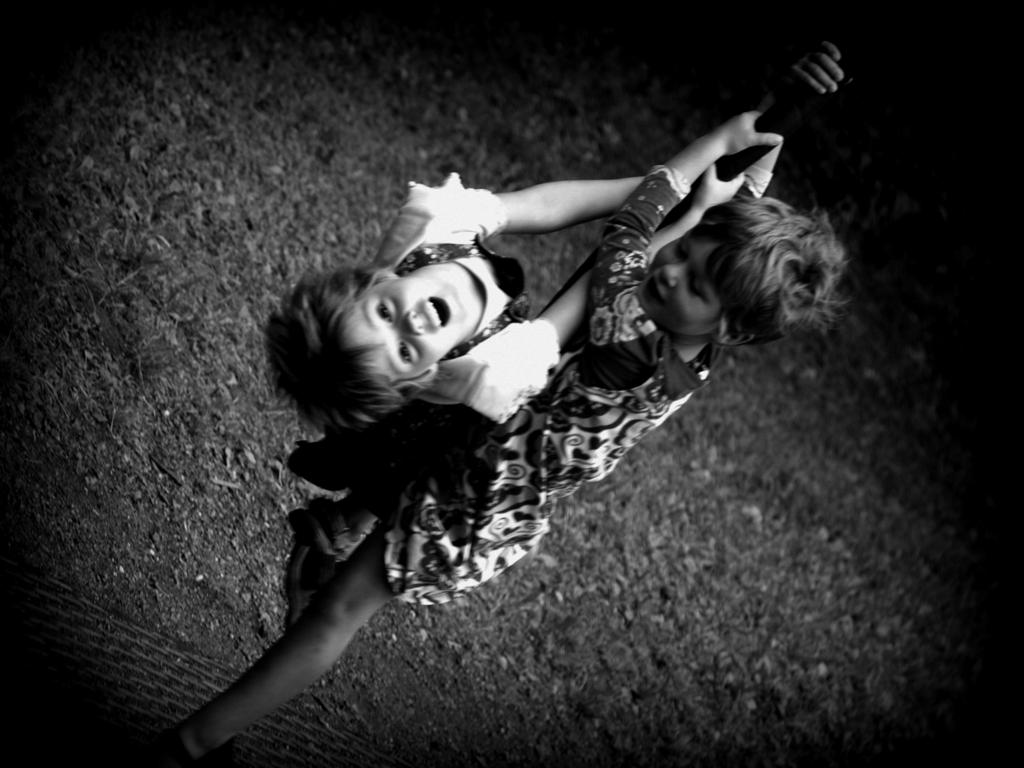
The domain: what is a theory of social cognition a theory of?
Social cognition:
cognition of
others’ actions and mental states
in relation to social functioning.
The question: Radical Interpretation*
How in principle could someone infer facts about actions and mental states from non-mental evidence?
What is the relation between an account of radical interpretation* and a theory of social cognition?
A theory of radical interpretation* is supposed to provide a computational description of social cognition.
Theories of radical interpretation*:
The Intentional Stance (Dennett)
Davidson’s Theory
The Teleological Stance & Your-Goal-Is-My-Goal
Minimal Theory of Mind
also an implicit theory associated with perception of emotion

Reciprocity
reciprocity
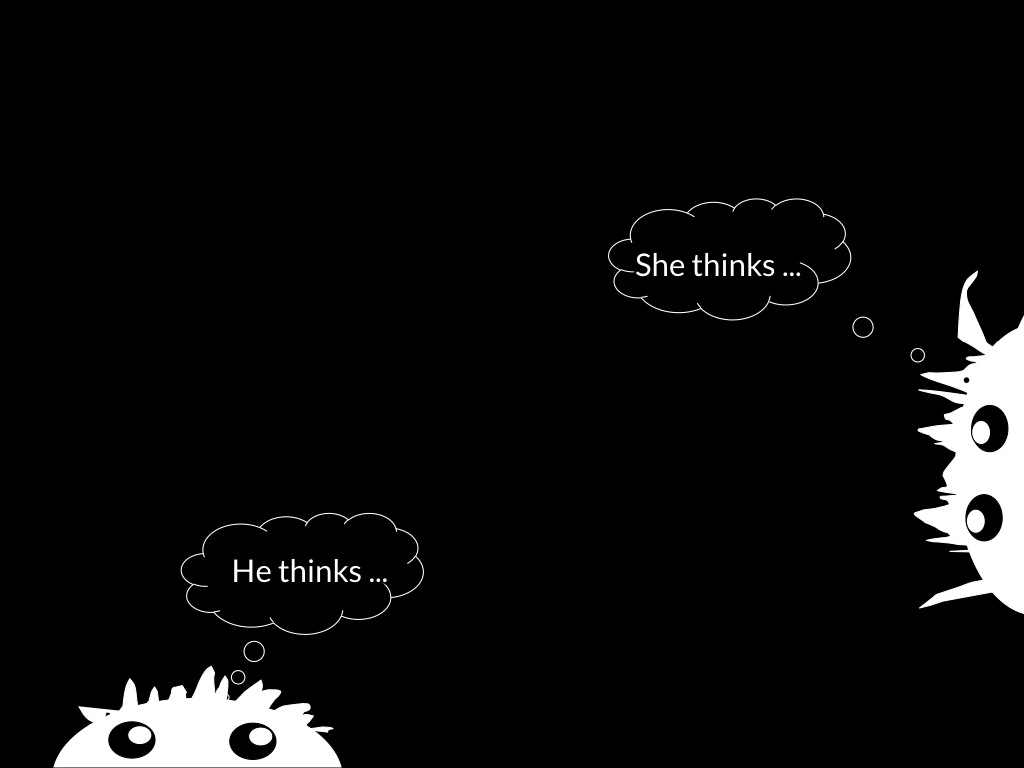
reciprocity
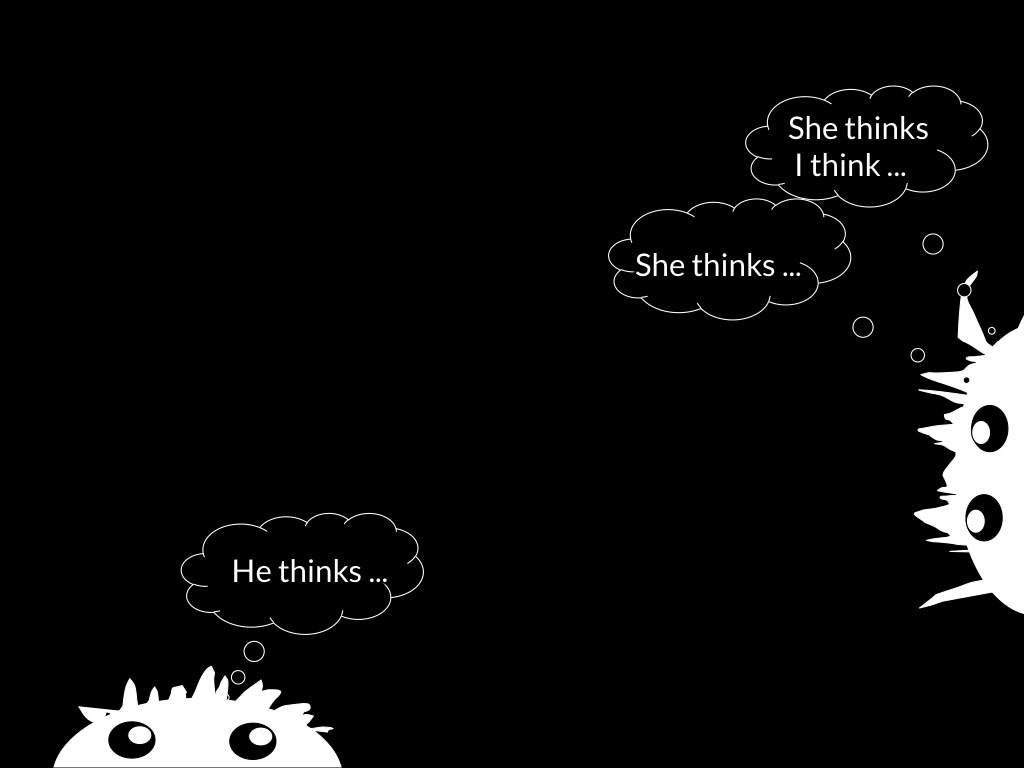
reciprocity
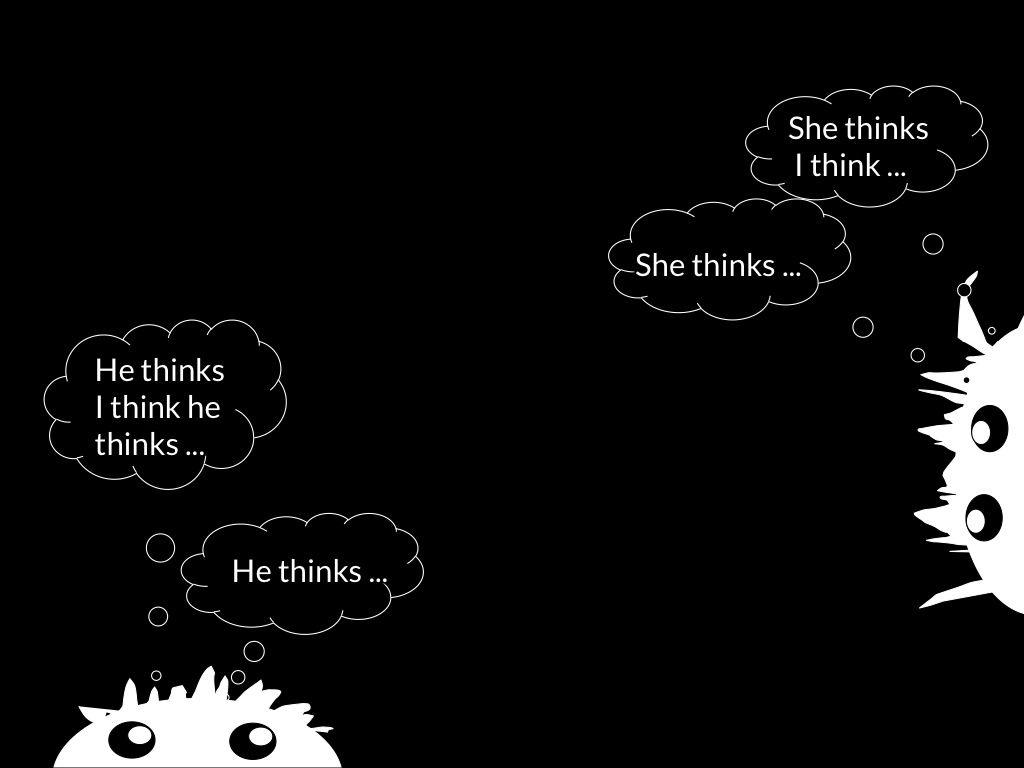
reciprocity
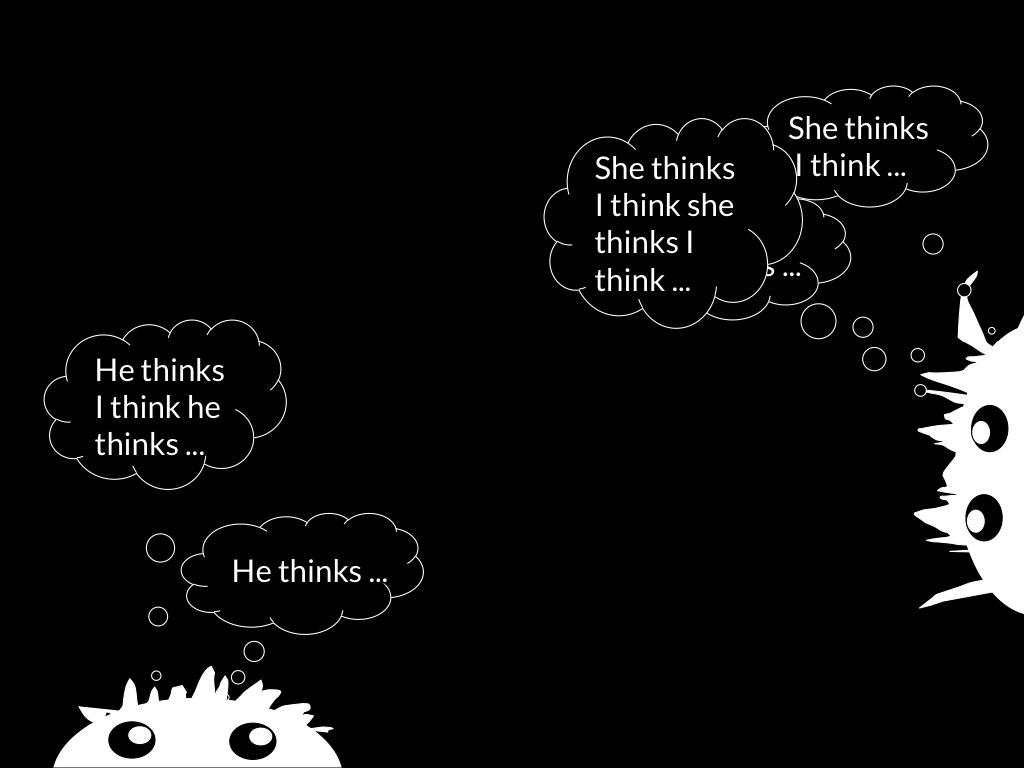
reciprocity
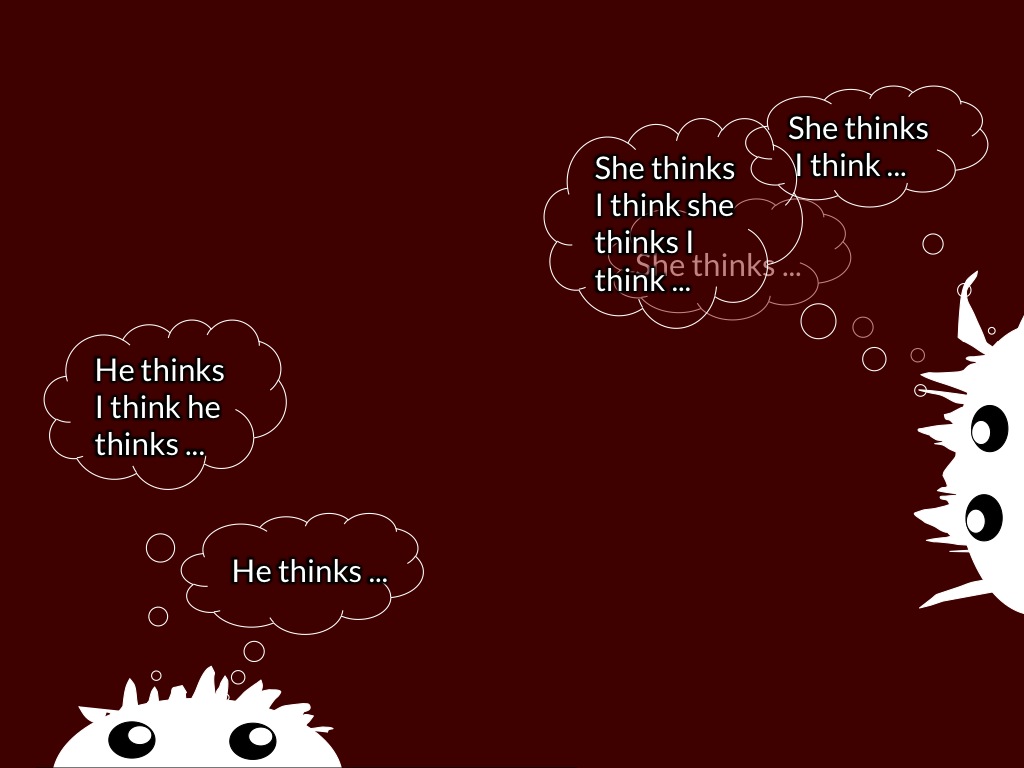
reciprocity
without escalation
Could interacting interpreters be in a position to know things which they would be unable to know if they were manifestly passive observers?
Step 1: Which obstacle to knowledge?
Step 2: How?
Obstacle: opaque means impair goal ascription
e.g. pram -> bus; gorilla preparing nettles
e.g. tool use
‘an action can be explained by a goal state if, and only if, it is seen as the most justifiable action towards that goal state that is available within the constraints of reality’
Csibra & Gergely (1998, 255)
1. action a is directed to some goal;
2. actions of a’s type are normally means of realising outcomes of G’s type;
3. no available alternative action is a significantly better* means of realising outcome G;
4. the occurrence of outcome G is desirable;
5. there is no other outcome, G′, the occurrence of which would be at least comparably desirable and where (2) and (3) both hold of G′ and a
Therefore:
6. G is a goal to which action a is directed.
Obstacle: opaque means impair goal ascription
e.g. pram -> bus; gorilla preparing nettles
e.g. tool use
e.g. communicative actions
Could interacting interpreters be in a position to know things which they would be unable to know if they were manifestly passive observers?
Step 1: Which obstacle to knowledge?
Step 2: How?

Your goal is my goal
collective
Jack’s and Ayehsa’s actions are collectively directed to developing a vaccine for Zika
not collective
Ilsa and Ahmed’s actions are each individually directed to developing a vaccine for Zika
Those speakers collectively provide high fidelity reproduction.
Each of those speakers individually provides high fidelity reproduction
collective goal : an outcome to which our actions are collectively directed
joint action : an action with a collective goal
intuitive idea, not quite right
but: cues to joint action

Your-goal-is-my-goal
1. You are about to attempt to engage in some joint action or other with me.
2. I am not about to change the single goal to which my actions will be directed.
Therefore:
3. A goal of your actions will be my goal, the goal I now envisage that my actions will be directed to.
| teleological stance | your-goal-is-my-goal | |
| demands know means | ✓ | ✗ |
| demands can interact | ✗ | ✓ |
What about the problem of opaque means?
e.g. pram -> bus; gorilla preparing nettles
e.g. tool use illustrates inversion of demands
e.g. communicative actions
Could interacting interpreters be in a position to know things which they would be unable to know if they were manifestly passive observers?
A thesis about interaction and social cognition
Theories of radical interpretation*:
The Intentional Stance (Dennett)
Davidson’s Theory
The Teleological Stance & Your-Goal-Is-My-Goal
Minimal Theory of Mind
also an implicit theory associated with perception of emotion

Sharing a Smile

Percepetion may yield categorical emotions (fear, surprise) and their objects. But it is probably not a way of knowing how others’ emotions are unfolding.
1. On the Intentional Stance, the outputs of social cognition are (i) propositional attitude ascriptions and (ii) action predictions.
2. Emotions unfold ...
3. ... and this is not comprehensible as a series of changes in propositional attitudes.
So: 4. Understanding the way emotions unfold is not a matter of ascribing propositional attitudes or predicting actions.
But: 5. Humans do sometimes understand how anothers’ emotions are unfolding.
So: 6. The Intentional Stance is not a fully adequate computational description of human social cognition.
How do humans ever understand how anothers’ emotions are unfolding?
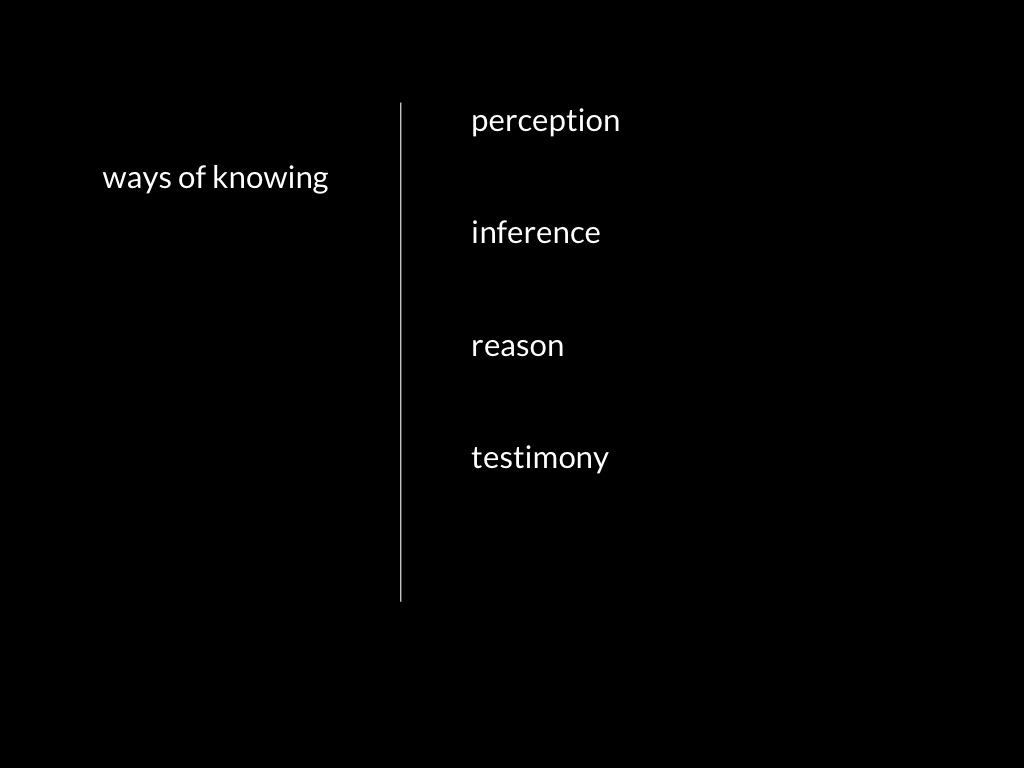
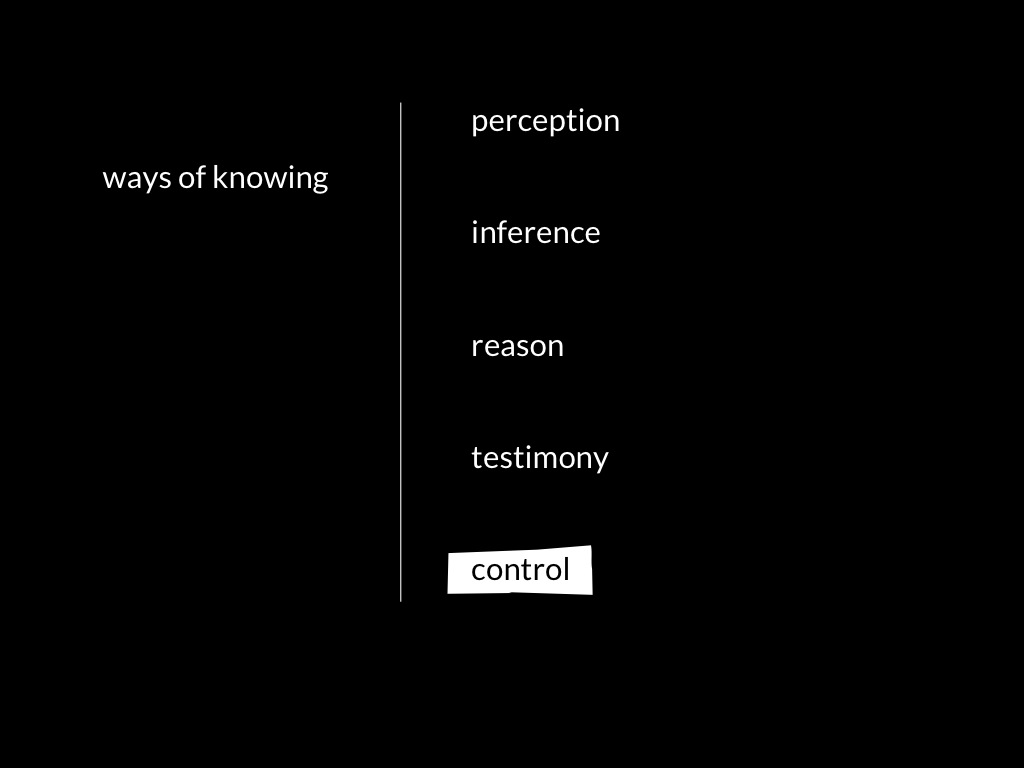
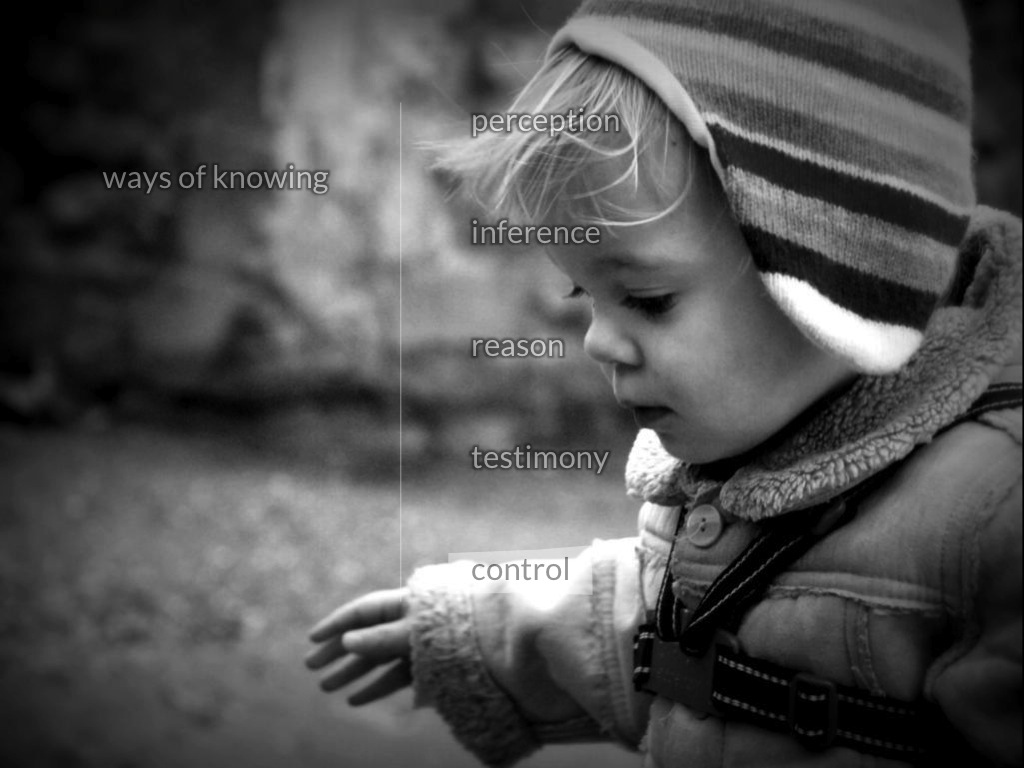
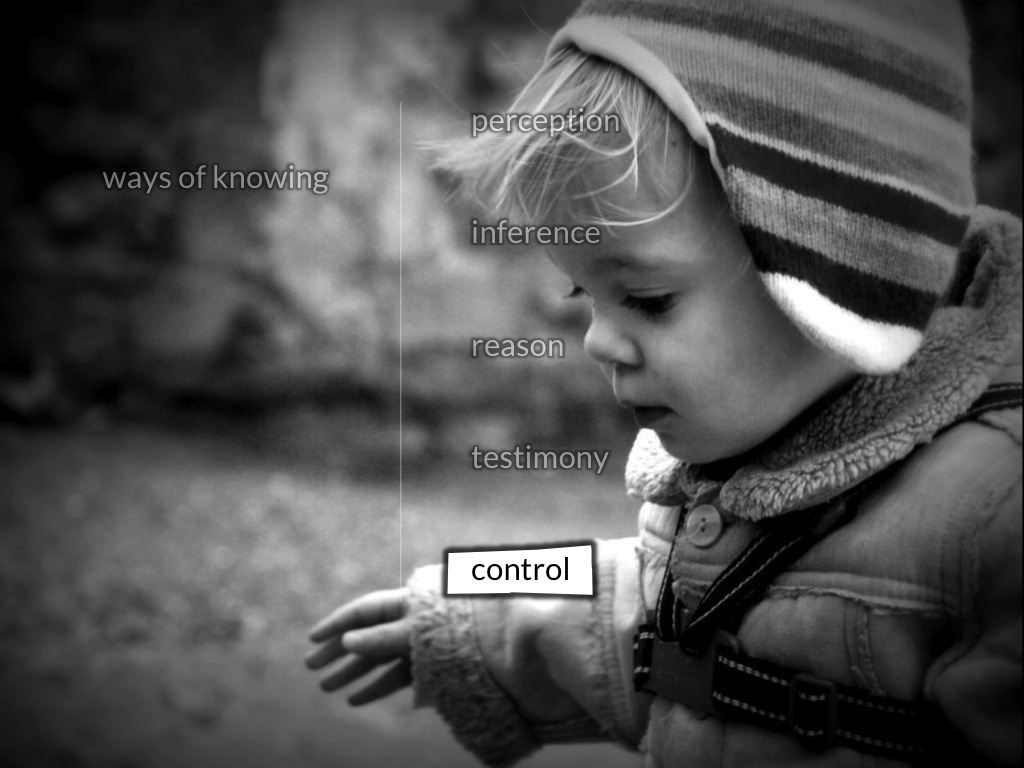
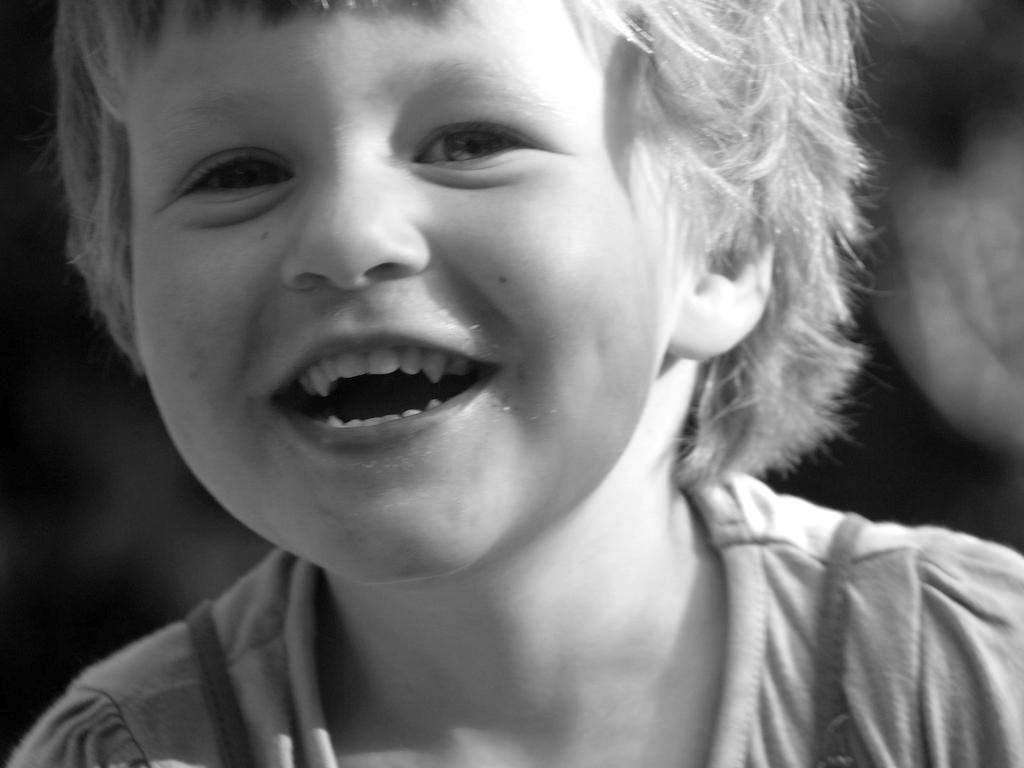
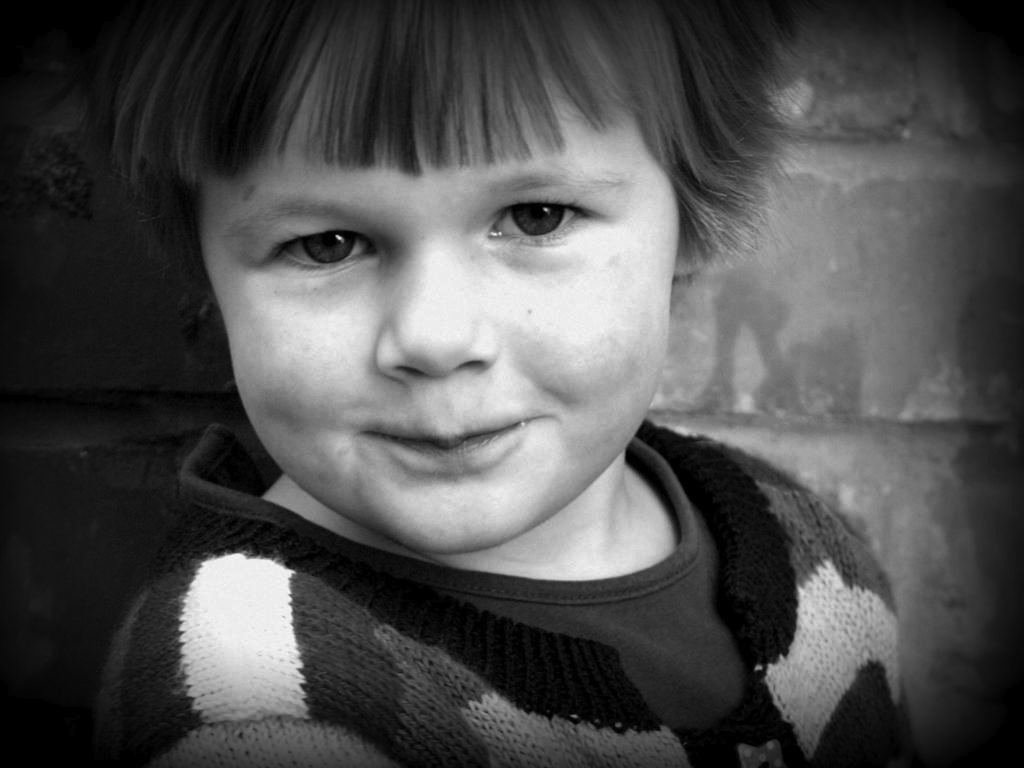
summary so far
- emotions unfold over time
- control is a way of knowing
- smiling is sometimes a goal-directed action, a goal of which is to smile a smile
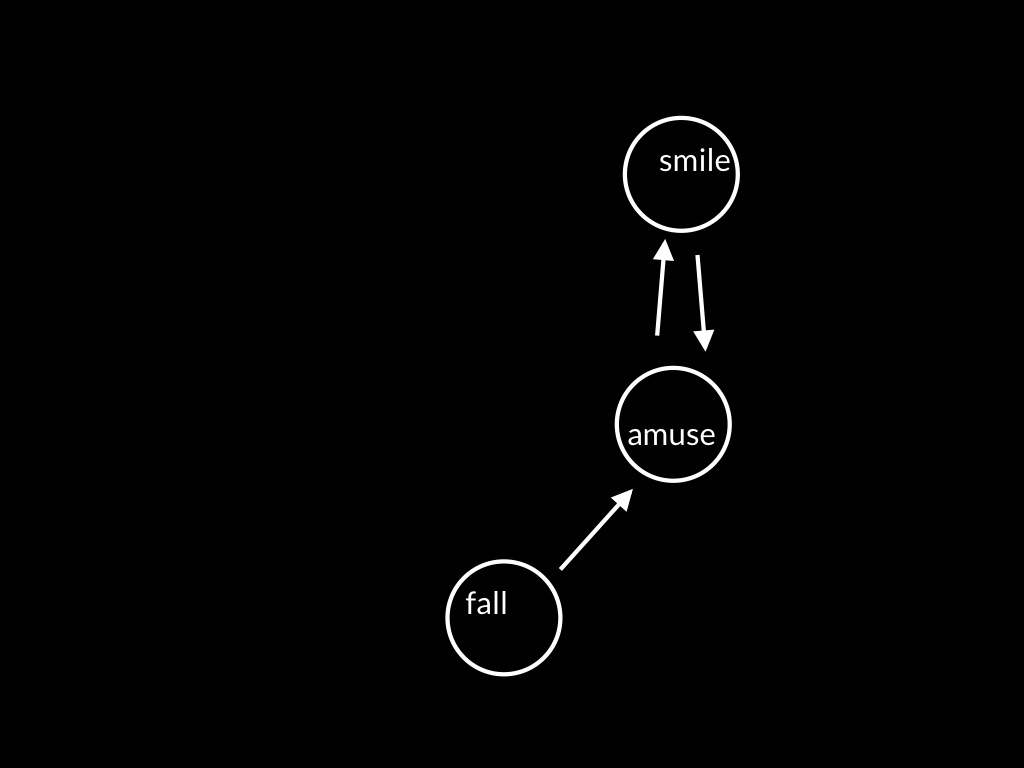
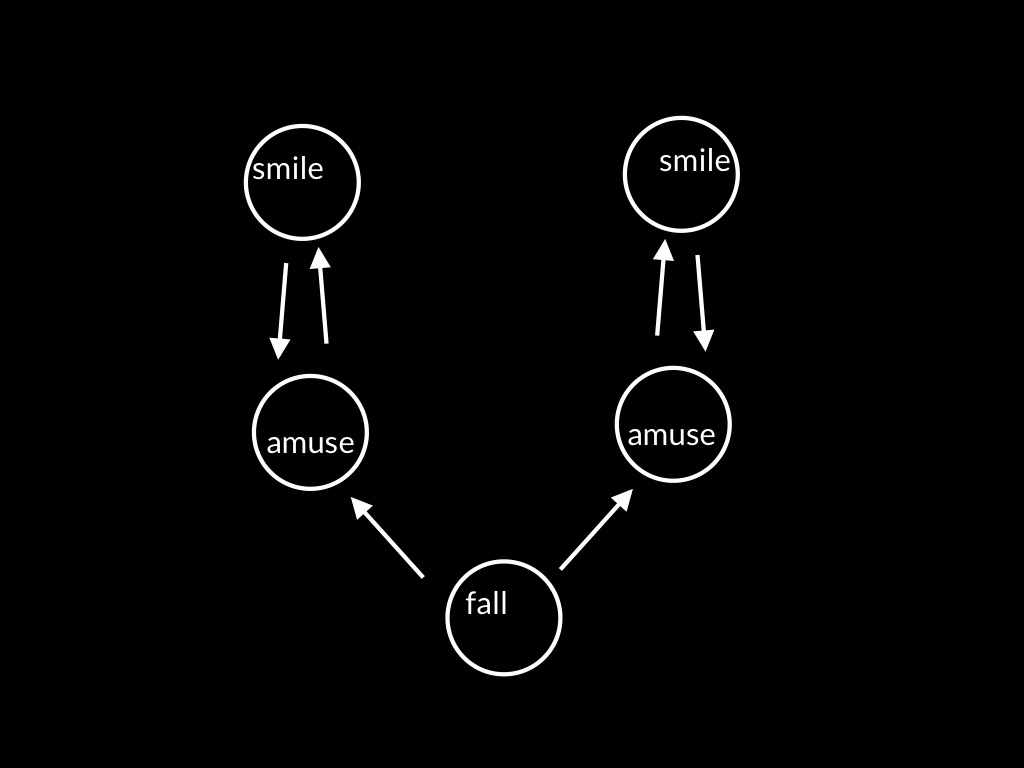
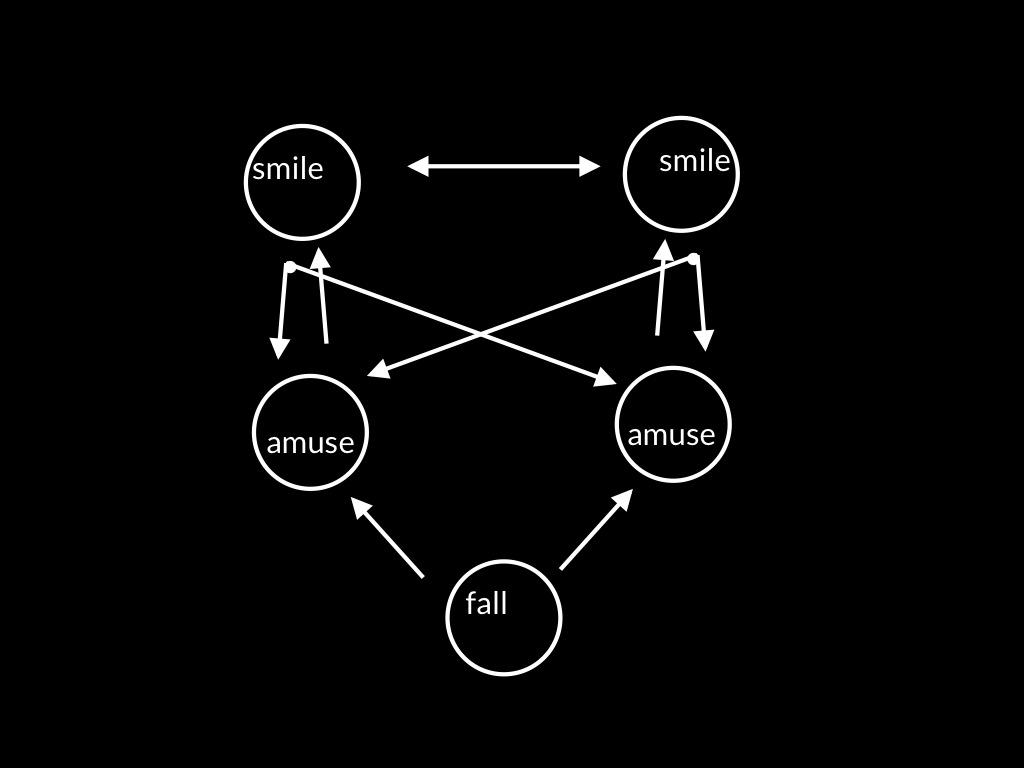
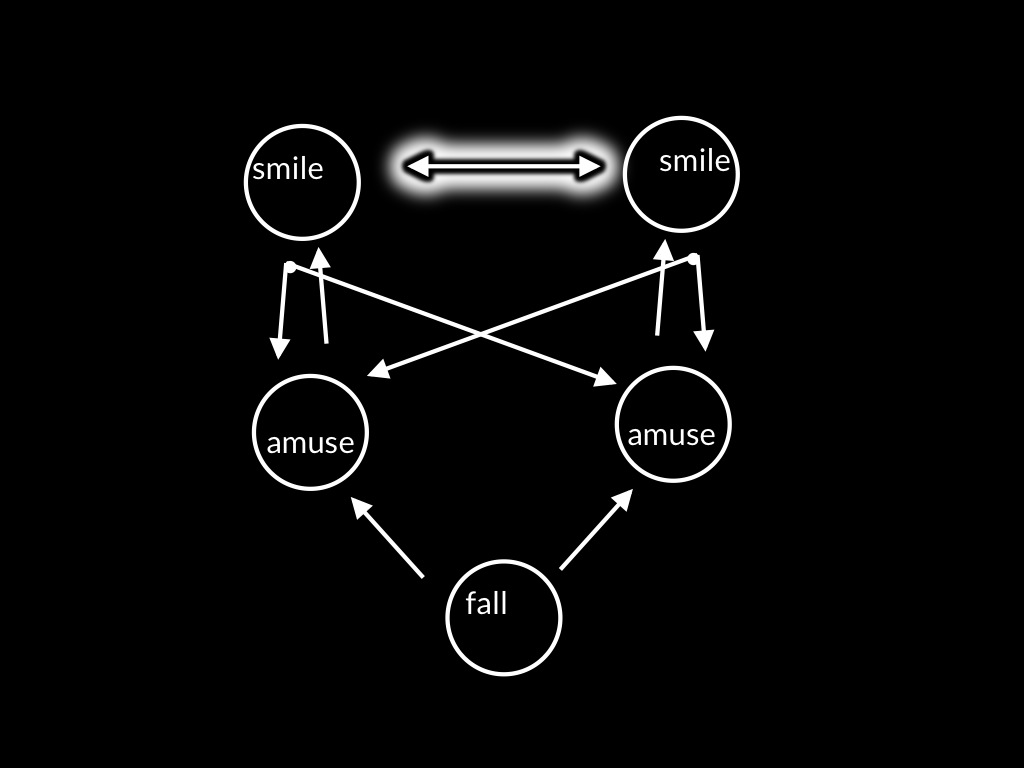
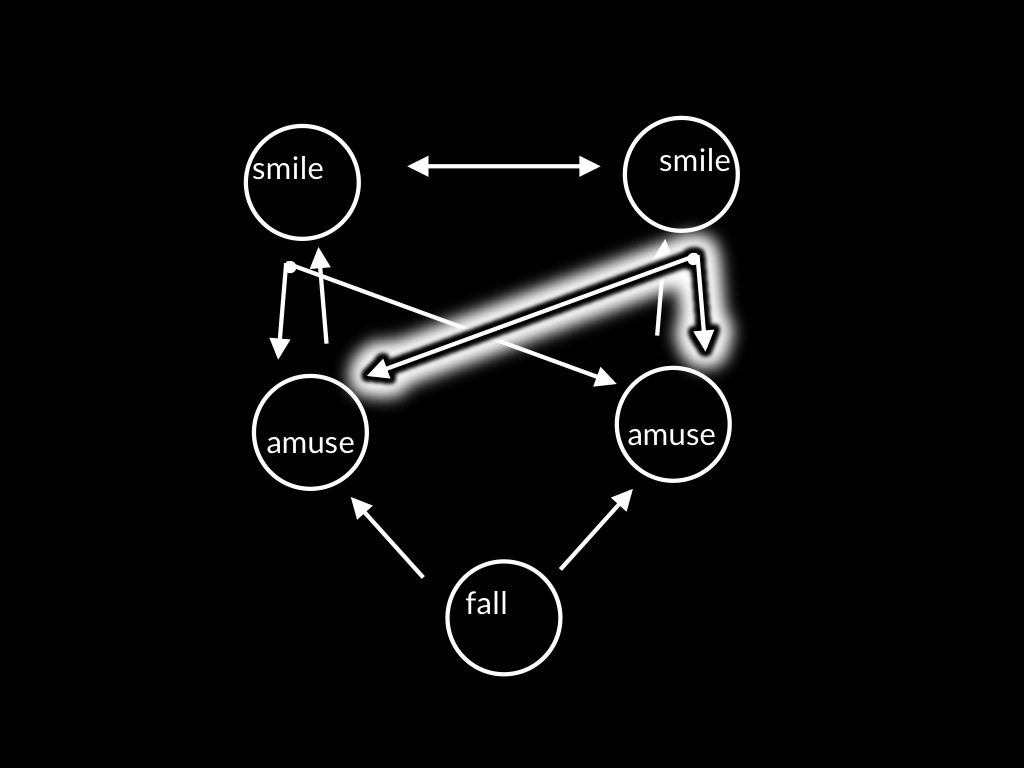
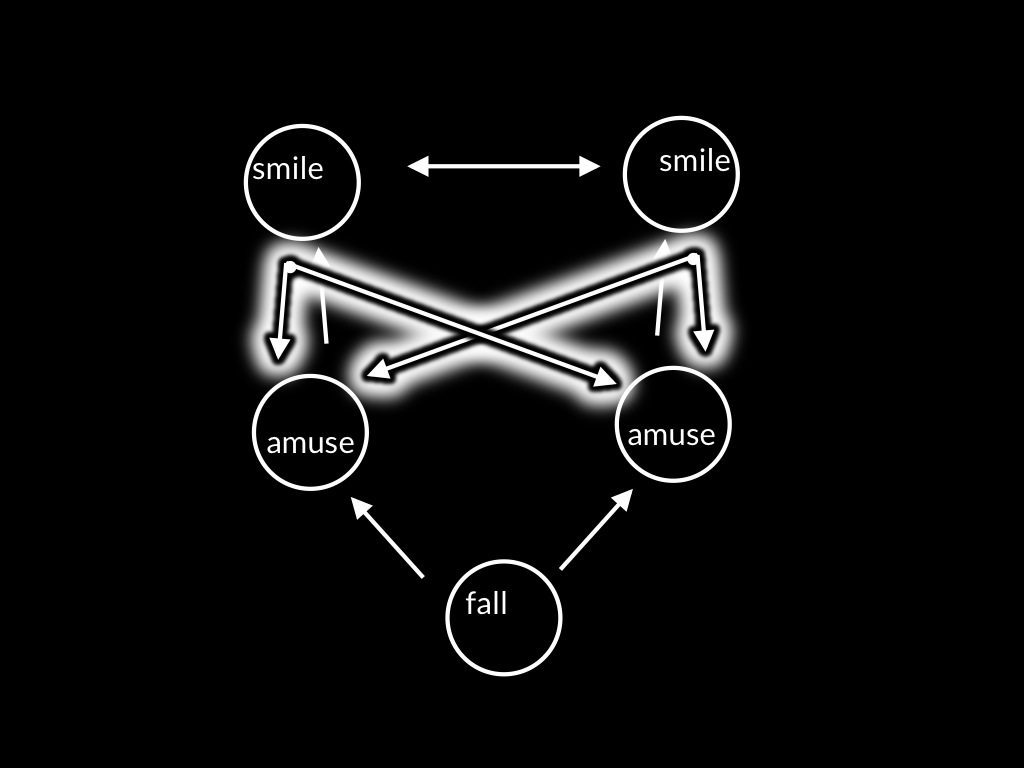

Observer observes Target
control: Processes and representations in Target determine how she thinks, feels and acts.
simulation: Processes and representations occur in Observer which would occur if she were as Target is.
--- These are typically isoalted to some degree from Observer’s thought, feelings and actions.
sharing a smile: control is simulation

Are you feeling what I am feeling?

interaction takes us beyond observation:
from categories of emotion to the ways emotions unfold
Theories of radical interpretation*:
The Intentional Stance (Dennett)
Davidson’s Theory
The Teleological Stance & Your-Goal-Is-My-Goal
Minimal Theory of Mind
also an implicit theory associated with perception of emotion
control is simulation ∴ your feeling is my feeling

conclusion
1
computational descriptions
1. computational description
-- What is the thing for and how does it achieve this?
2. representations and algorithms
-- How are the inputs and outputs represented, and how is the transformation accomplished?
3. hardware implementation
-- How are the representations and algorithms physically realised?
Marr (1992, 22ff)
2
perceptually encountering mental states
Humans probably enjoy categorical perception of actions directed to the expression of particular emotions.
3
mindreading
In adult humans,
there are two (or more) distinct mindreading processes
which rely on different models of minds and actions.
4
nonhuman animals
The available evidence already justifies concluding that humans are not unique in being able to represent mental states.
5
interaction
Interacting interpreters can be in a position to know things which they would be unable to know if they were manifestly passive observers.
6
Existing attempts to provide computational descriptions (Davidson’s Radical Interpretation, Dennett’s Intentional Stance) are inadequate.
7
process architecture
The process architecture of social cognition matters ...
- perceptual processes
- automatic, nonperceptual processes
- nonautomatic, nonperceptual processes
- ...
horizontal distinction : e.g. categorical emotion vs belief-tracking
vertical distinction : e.g. automatic vs nonautomatic belief-tracking
8
fragmentation
fragmentation in the theory of radical interpretation
Dennett, Davidson
New Approach
One big theory for all social cognition.
Different theory for each kind of process.
Success : theory is coherent and descriptively adequate
Success : theory generates correct predictions
Method : pure reason
Method : signature limits
Constructing theories of radical interpretation* requires
respecting the process architecture of social cognition
and identifying testable predictions
using the method of signature limits
The domain: what is a theory of social cognition a theory of?
Social cognition:
cognition of
others’ actions and mental states
in relation to social functioning.
The question: Radical Interpretation*
How in principle could someone infer facts about actions and mental states from non-mental evidence?
What is the relation between an account of radical interpretation* and a theory of social cognition?
A theory of radical interpretation* is supposed to provide a computational description of social cognition.

the end
Theories of radical interpretation*:
The Intentional Stance (Dennett)
Davidson’s Theory
The Teleological Stance & Your-Goal-Is-My-Goal
Minimal Theory of Mind
also an implicit theory associated with perception of emotion

Davidson’s Theory of Radical Interpretation
radical interpretation*
Infer The Mind from The
The Mind: facts about actions, desires, beliefs, emotions, perspectives ...
The Evidence: facts about events and states of affairs that could be known without knowing what any particular individual believes, desires, intends, ...
Evidence:
At time t, Ayesha comes to hold ‘Sta piovendo’ true because it’s raining.
Generalisation:
Ayesha comes to hold ‘Sta piovendo’ true because it’s raining.
Assumption:
Ayesha’s beliefs are true
Conclusion:
‘Sta piovendo’ is true if and only if it’s raining.
... so when Ayesha comes to hold ‘Sta piovendo’ true, she comes to believe that it’s raining.
Why is Davidson’s a better theory?
How can it be elaborated?
--- exploit sentence structure
--- include desire
What are its limits?
--- no use for wordless targets
--- bold assumption about evidence

Objections to Davidson’s Theory of Radical Interpretation
Minds without words
Emotions unfold
1. On Radical Interpretation (and the Intentional Stance), the outputs of social cognition are (i) propositional attitude ascriptions and (ii) action predictions.
2. Emotions unfold ...
3. ... and this is not comprehensible as a series of changes in propositional attitudes.
So: 4. Understanding the way emotions unfold is not a matter of ascribing propositional attitudes or predicting actions.
But: 5. Humans do sometimes understand the way anothers’ emotions are unfolding.
So: 6. Radical Interpretation (and the Intentional Stance) is not a fully adequate computational description of human social cognition.
Indeterminacy of reference
| ordinary | contrived | |
| names | ‘Beatrice’ refers to Beatrice | ‘Beatrice’ refers to shadow-Beatrice |
| predicates | ‘... is happy’ - is true of happy things | ‘... is happy’ - is true of things that are the shadows of happy things |
‘It makes no sense, on this approach, to complain that a theory comes up with the right truth conditions time after time, but has the logical form (or deep structure) wrong. We should take the same view of reference.’
Davidson (1977, p. 223)
A dilemma about The Evidence: joint displacements or actions
‘a radical interpreter is not, at the beginning of his study, informed about any of the basic propositional attitudes of his subject.’
Davidson (1984, 17)
diagnosis
Theories of radical interpretation*:
The Intentional Stance (Dennett)
Davidson’s Theory
The Teleological Stance & Your-Goal-Is-My-Goal
Minimal Theory of Mind
also an implicit theory associated with perception of emotion
The domain: what is a theory of social cognition a theory of?
Social cognition:
cognition of
others’ actions and mental states
in relation to social functioning.
The question: Radical Interpretation*
How in principle could someone infer facts about actions and mental states from non-mental evidence?
What is the relation between an account of radical interpretation* and a theory of social cognition?
A theory of radical interpretation* is supposed to provide a computational description of social cognition.